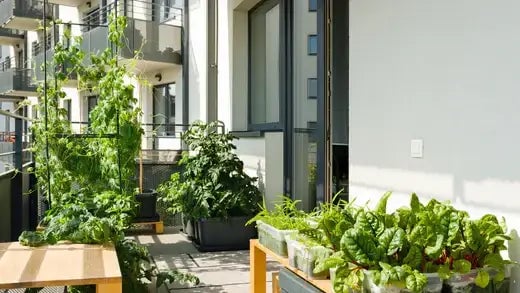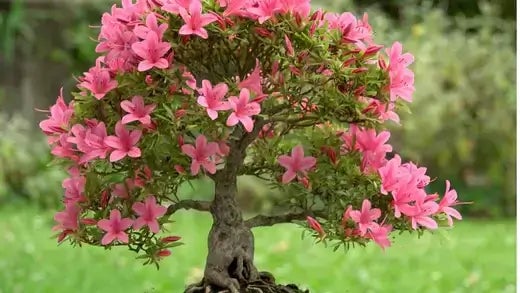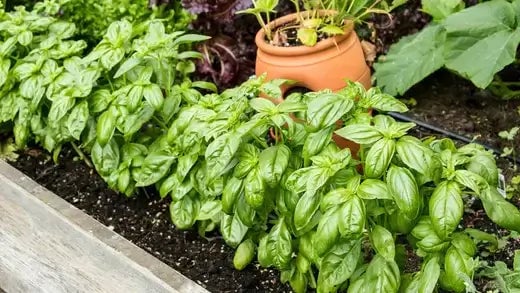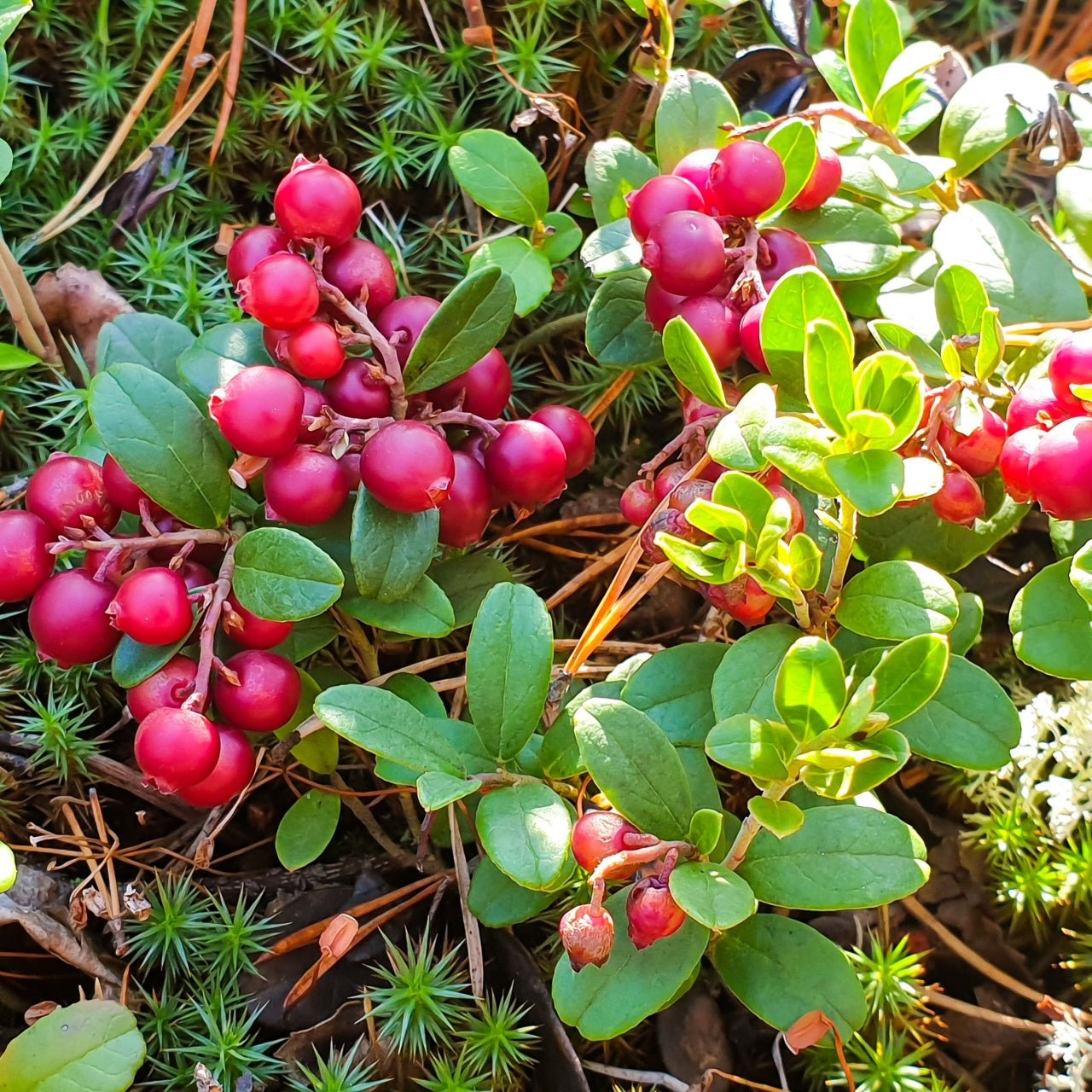The Curious History of Basil: A Plant Fit for Royalty and Lore
Basil, a staple in kitchens worldwide, has a history as flavorful as its leaves. This beloved herb, often associated with Italian and Thai cuisines, carries an ancient legacy steeped in superstition, royalty, and darkness. Its journey through time reveals a plant that's not just about adding zest to a dish but about weaving itself into the fabric of human culture.
In ancient Greece, Basil was known as "basilisk," meaning "royal plant." Its connection to royalty wasn't just linguistic; it was believed to have grown at the foot of the cross where Jesus was crucified, adding a sacred element to its reputation. This association with divinity made Basil a revered herb in Eastern Orthodox traditions, and it is still used in holy water rituals.
But Basil wasn't always a symbol of purity and royalty. In medieval Europe, it had a more sinister side. People believed Basil could summon scorpions or even spawn them if crushed too aggressively. This peculiar belief might sound absurd today, but it held such sway that some farmers in the Middle Ages wore gloves while planting Basil lest they risk an accidental sting. The herb also found its way into witchcraft, with practitioners using it in spells for protection or to ward off evil spirits.
Basil's Role in Love, Death, and Mystery
Beyond royalty and superstition, Basil's story dips into love and death. In Italy, Basil was known as the "herb of love." Young women would place a pot of Basil on their balcony to signal to suitors that they were available. The deeper the green of the basil plant, the stronger the perceived devotion of the woman who grew it. It's as if the herb became Cupid's silent partner in matchmaking.
Yet, Basil also played a role in tales of heartbreak and sorrow. In an Italian folktale, a grieving maiden is said to have buried her lover's head in a pot of Basil, watering it with her tears. The story, though macabre, illustrates the herb's deep emotional and symbolic ties to various cultures.
From scorpions to romance and royal reverence, Basil has traversed a path few herbs can rival. Its aromatic leaves have seasoned more than just meals; they've flavored centuries of human beliefs, rituals, and even a touch of the bizarre. Next time you sprinkle some on your pasta, remember-you're enjoying a plant with a history as rich as its taste.
Herb gardens work in any landscape. No doubt that basil is a happy inhabitant of your garden.
It is a favorite herb to grow to make the flavor and color stand out. Many Italian recipes call for the addition of this herb!
It was first recorded in writing in the early seventeenth century, and the Hindu culture is sacred and believed to be desired by the gods they worship. In a variety of different regions, many also consider it to be a symbol of love in couples. They can grow medium height and have beautiful light green foliage that appears to crease. It is native to Africa. Please note that you cannot grow or plant this herb until all the frost for the year has occurred. They are not very tolerant of colder environments. They prefer a moist soil area.
They love the sun and will grow very well in any area of your garden that has this but is very sensitive to windy areas. You can even plant this every couple of weeks to ensure the leaves will be at their top flavor for your cooking needs. It will also produce tiny white blooms that you can trim off the plant’s leaves to lose their flavorful taste. This herb has been used in a wide variety of dishes, including tomato sauce and pesto recipes. Planting tomatoes with this herb is also an excellent idea for a companion plant as they grow well together and taste amazing when combined with a recipe. Try planting basil in your herb garden and start transforming ordinary dishes into something fabulous!
Source of Information on Basil
Read more

Gardening on a balcony is necessary for some, especially if you live in a more urban environment like a city or downtown area.Some people with this kind of environment might believe that gardening ...

Taking care of Bonsai plants can be very hard to do, especially if the gardener does not know these beautiful trees and plants. When considering growing a Bonsai, research to find exactly what type...



